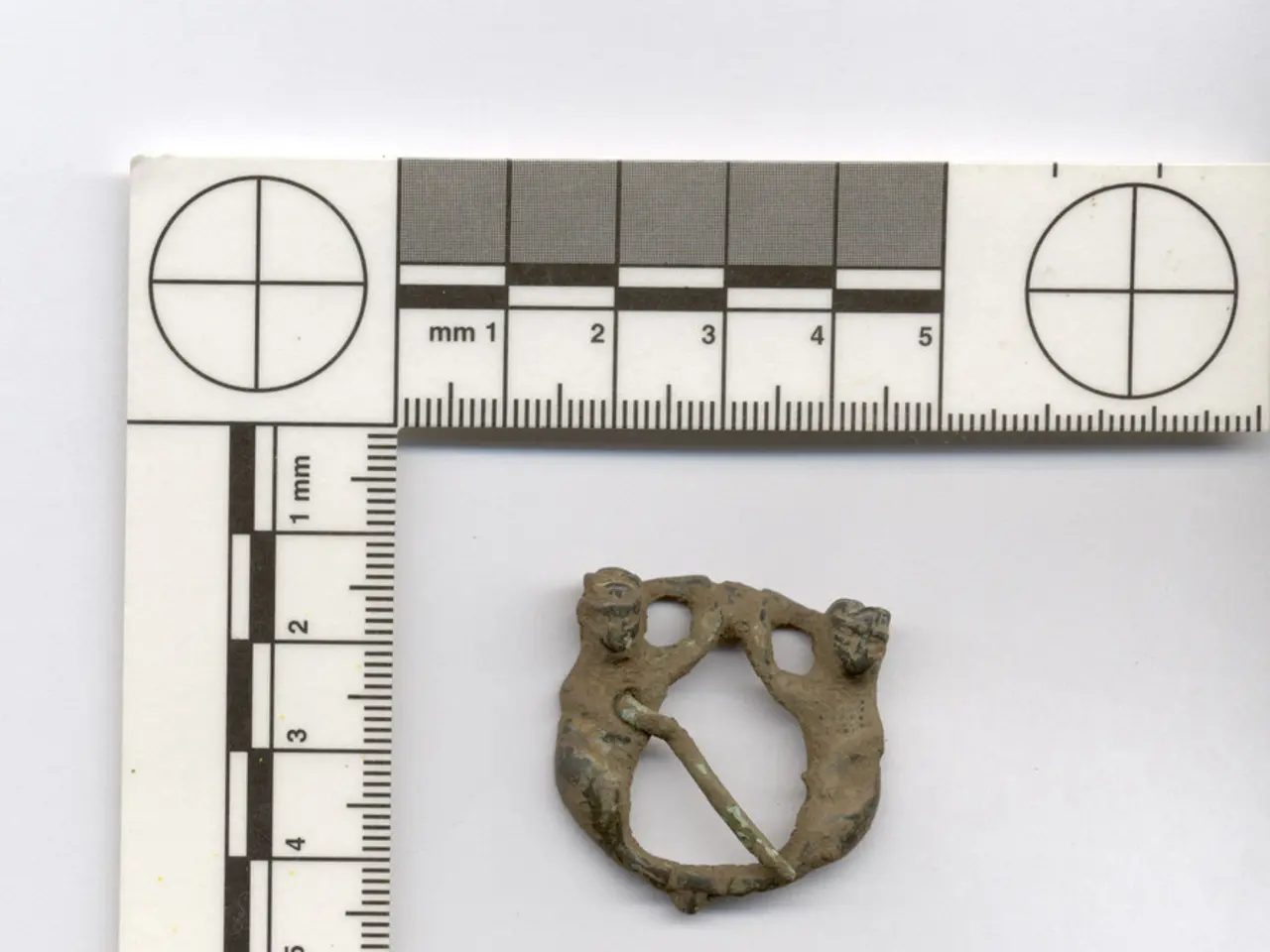Repairs of assorted clocks, exhibiting a mix of successful and less successful outcomes
In the world of antique clock restoration, there are a variety of repair methods that, while well-intentioned, can pose risks to both the clock and the restorer. Here are some examples of such methods that should be avoided.
Firstly, handling radium-painted clock dials is a health hazard. Radium is highly radioactive, and attempting to deconstruct or restore radium clocks can expose one to dangerous radiation. It's crucial to exercise caution when dealing with such hazardous materials.
Secondly, using inappropriate quick fixes like forcing or jamming parts can lead to more problems down the line. For instance, pushing the back of a case out with packing strips to compensate for shrinkage or misalignment instead of addressing the underlying structural issues is a short-term solution that doesn't solve inherent design or material problems and may cause further damage over time.
Thirdly, improper tool maintenance can lead to ineffective work and potentially more damage to delicate parts. Neglecting to properly flatten chisel bottoms, for example, can result in inefficient work and increased risk of damage.
When it comes to repairing an antique clock, home ingenuity can sometimes lead to creative solutions, but not all of them are effective or safe. For instance, using string to secure a helper spring is not a good substitute and can cause issues. Similarly, making a hammer out of copper wire and two nuts screwed together might seem like a clever idea, but it may not yield the desired results.
In light of these potential pitfalls, finding a reliable clock repair professional is important when dealing with antique clocks. These experts have the knowledge and skills to repair your clock effectively while preserving its historical significance and aesthetic appeal.
However, it's also possible to repair an antique clock with common tools, but there are limitations to what can be achieved. For example, a passable tooth repair on a clock wheel might be performed, but could have been improved in appearance. Similarly, a catch fashioned out of a nail for a clock might be strong and functional, but may not match the original design.
In conclusion, while it's possible to repair an antique clock with common tools, it's important to approach the task with caution. The decision to repair an antique clock if the repair exceeds its value ultimately depends on your personal attachment to the clock and its historical significance. Cautious handling of hazardous materials, respecting original construction details, and avoiding makeshift fixes are key to safe and effective restoration.
[1] Radiation Safety Institute of Canada. (n.d.). Radium Dials. Retrieved from https://www.rsic-org.ca/radiation-safety-guides/radiation-safety-guides/radium-dials
[2] National Association of Watch and Clock Collectors. (n.d.). Common Repair Errors. Retrieved from https://www.nawcc.org/library/bookstore/books/common-repair-errors/
- Vintage clocks, notably those with radium-painted clock dials, pose health risks due to the radioactive nature of radium. Restoration of such clocks should only be undertaken with proper precautions and understanding of radiation safety. (Radiation Safety Institute of Canada)
- When it comes to vintage clock repair, using inappropriate fixes such as making hammers out of copper wire or using string to secure clock components may seem creative, but they often lead to unsatisfactory results and potential damage. (National Association of Watch and Clock Collectors)
- In home-and-garden projects, a common mistake is to overlook the importance of tool maintenance, particularly in the case of antique clock repair. Neglecting to maintain repair tools correctly can lead to ineffective work and potential damage to delicate parts, affecting both functionality and aesthetic appeal of clock movements. (personal analysis)




